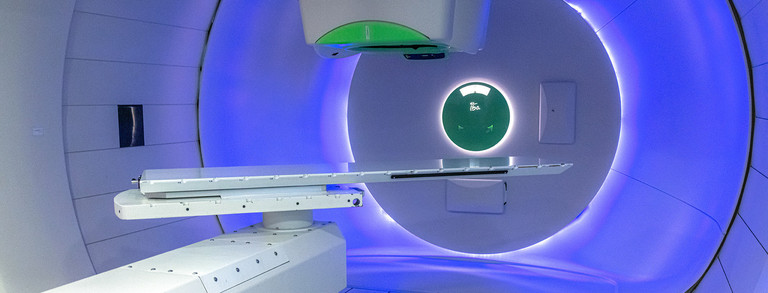Sensitizers
The aim of this task area is to improve the understanding of sensitizers for PT, in particular the impact of their design and functionality, but also the mechanisms explaining the observed sensitization. The research projects address studies on how the surface composition of Pt nanoparticles affects the generation of ROS by catalytic water splitting reactions and also the question of how specific features of surface ligands influence the generation of ROS in proton-irradiated nanoparticles. Furthermore, they study the identification of appropriate ROS probe compounds formed when aqueous and NP-doped phantoms are irradiated with protons and assess the potential of Gd-contrast agents for theragnostics in the context of PT. The clinical relevance of the expected results is a significantly better understanding of sensitizers that will ultimately lead to improved tumor control and a more effective treatment routine.
Correlation between the surface composition and chemically-induced proton beam sensitizer efficiency in surfactant-free bimetallic alloy NPs
Ligand-optimized sensitizers in PT for tailored reactive oxygen species
Gadolinium complexes as MRI contrast agents and potential theragnostics in PT
Probe compounds and method development for the analysis of ROS in PT



